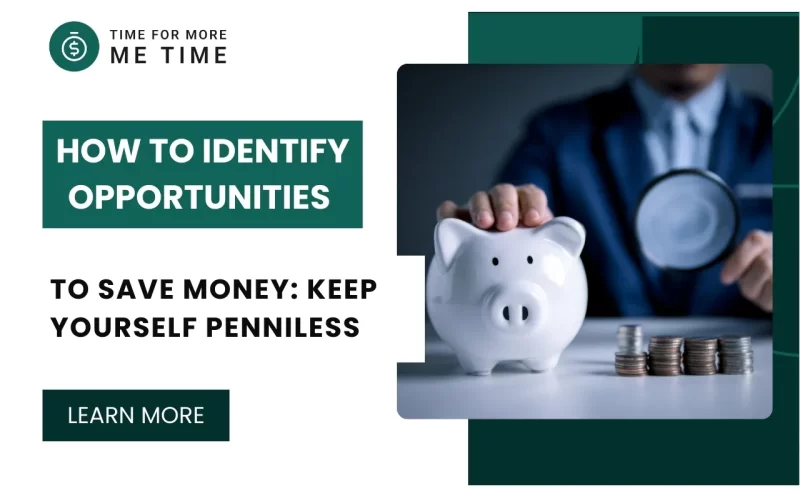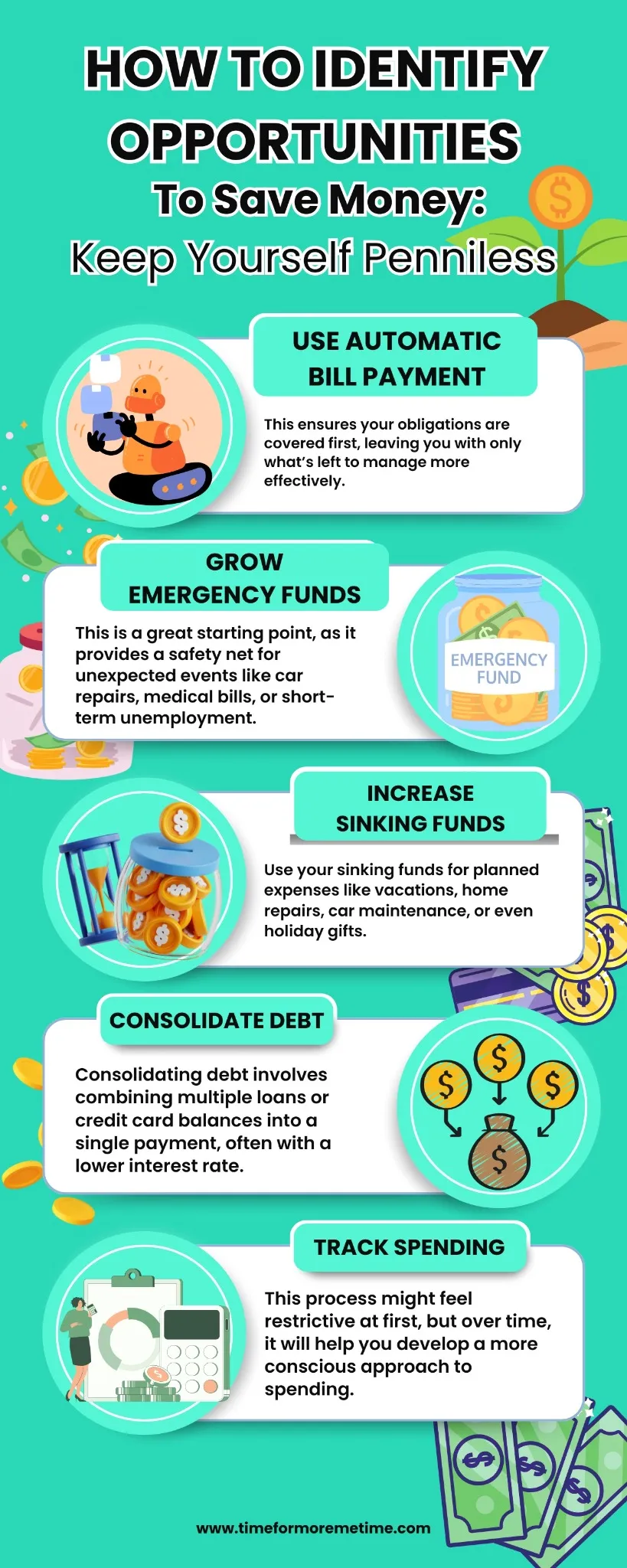
Most people, myself included, often struggle with how to identify opportunities to save money. The truth is, spotting these opportunities can be simple—it’s implementing them and sticking to the plan that’s the real challenge.
Take a moment and think about it. You already know you could save money by skipping your daily Starbucks coffee. You’re aware that you could ditch premium Spotify and live with a few light ads. So why don’t we act on these insights?
Why do we ignore these opportunities even when they’re right in front of us? The answer is simple: as long as we have money in our pockets or a card ready to swipe, we’re tempted to spend. So, what’s the solution?
The trick is to make spending harder for yourself. Create systems that limit how much you can spend. When you don’t have easy access to extra money, it becomes much clearer what you can and can’t afford to buy on impulse.
But how do you set this up in a way that helps you consistently spot and act on opportunities to save? Here’s how:
Use Automatic Bill Payment
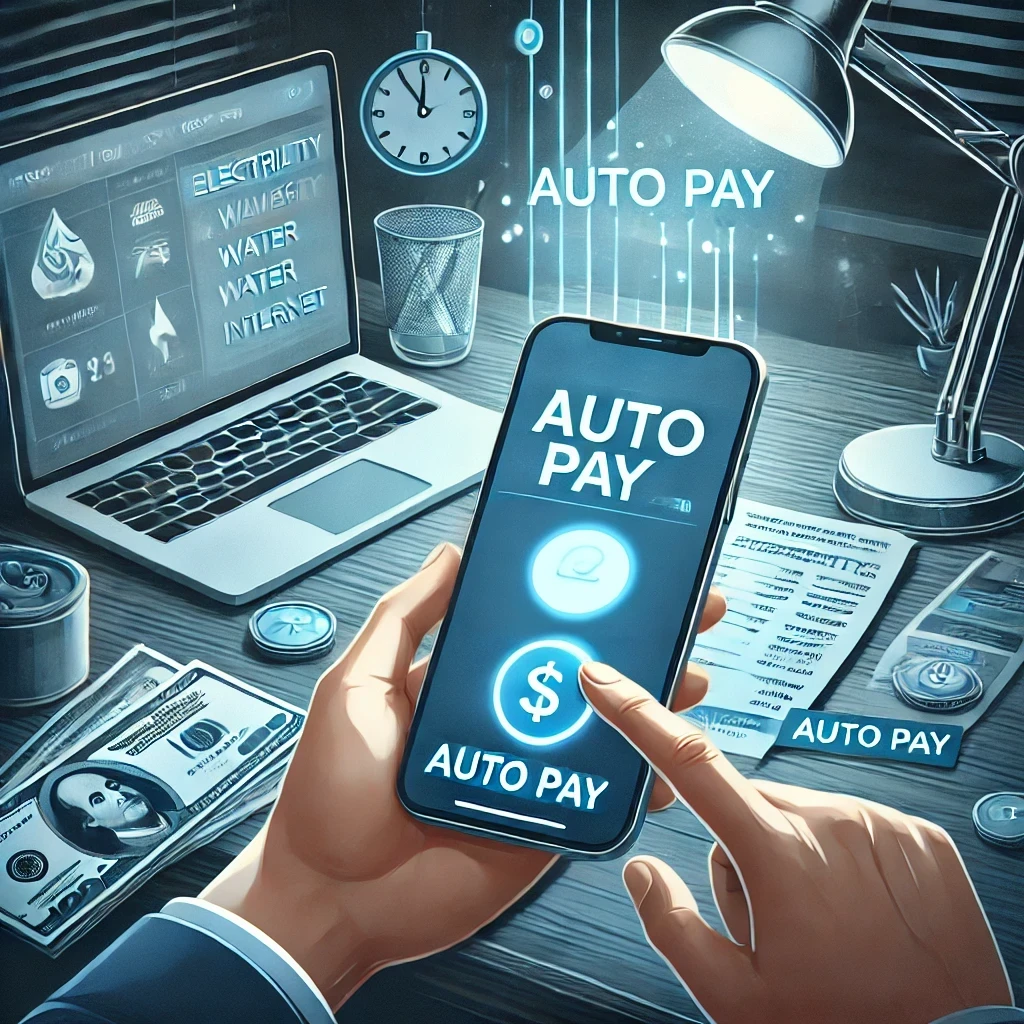
If you’re already paying your bills on time, take it a step further by setting them to automatically be paid as soon as your salary hits your account.
Learning how to identify opportunities to save money starts with prioritizing your essential expenses through automatic bill payment. This ensures your obligations are covered first, leaving you with only what’s left to manage more effectively.
This system works because it removes the temptation to spend money that should be allocated to bills. When your account balance reflects only your discretionary funds, you’re less likely to feel like you have “extra” money to waste.
Additionally, automatic bills payment can save you from late payment fees and the stress of forgetting due dates.
You’ll maintain a better credit score and reduce financial headaches. With everything automated, you’ll not only save money but also gain peace of mind.
To start, review your bills—rent, utilities, insurance, subscriptions—and set up autopay for each one. Be sure to monitor your account regularly to ensure payments are going through correctly and that you’re staying within your budget.
Grow Emergency Funds
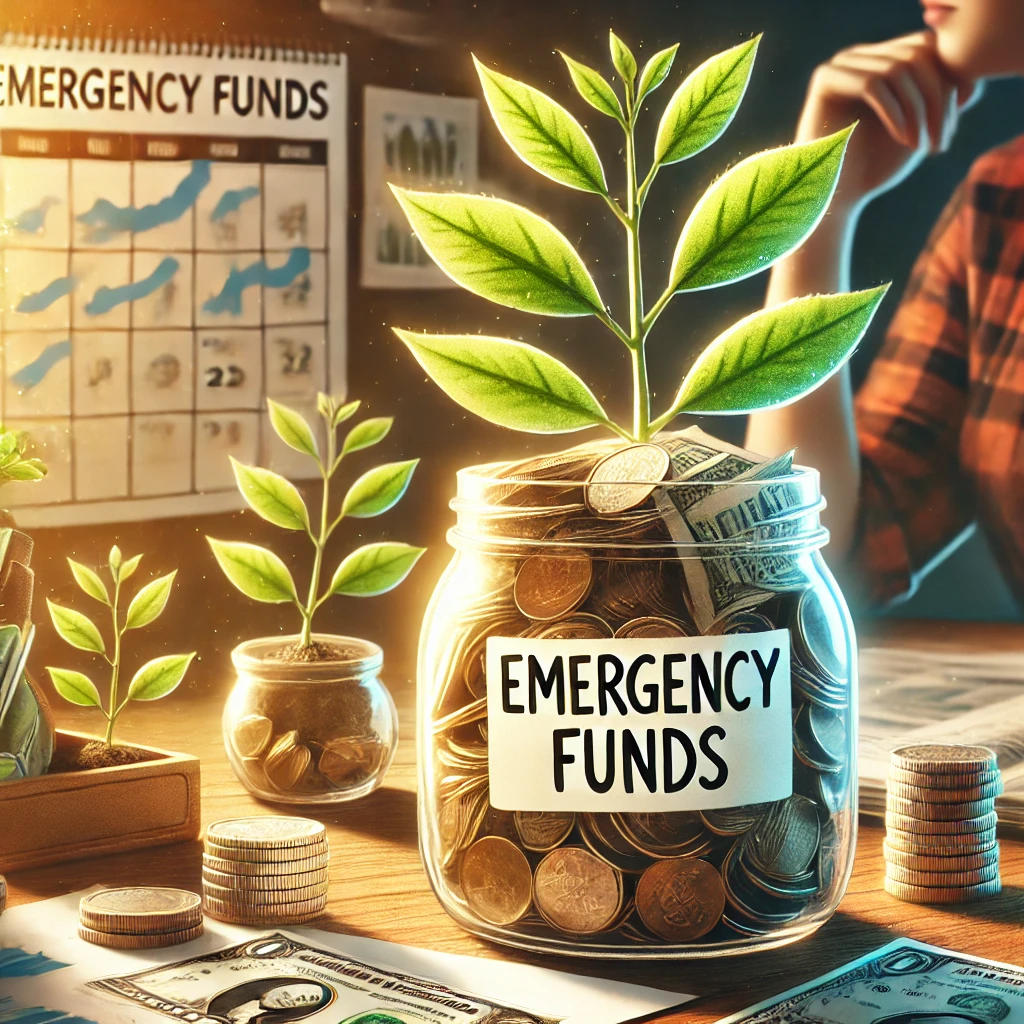
Experts recommend setting aside three to six months’ worth of essential expenses in an emergency fund. This is a great starting point, as it provides a safety net for unexpected events like car repairs, medical bills, or short-term unemployment.
However, once you’ve built a solid emergency fund, consider expanding it further to provide additional peace of mind. For some people, aiming for a larger fund can provide even more security during uncertain times.
To make this happen, create an automatic savings plan.
For instance, set up an automatic transfer from your paycheck into a dedicated savings account each month. By removing the money before you see it, you eliminate the temptation to spend it and can focus on spotting additional ways to save.
However, treat your emergency fund as untouchable, reserved strictly for true emergencies.
Avoid dipping into it for non-essentials like vacations or gadgets. To keep it safe but accessible, consider placing it in a high-yield savings account. This allows your fund to grow over time while remaining easy to access when needed.
Increase Sinking Funds
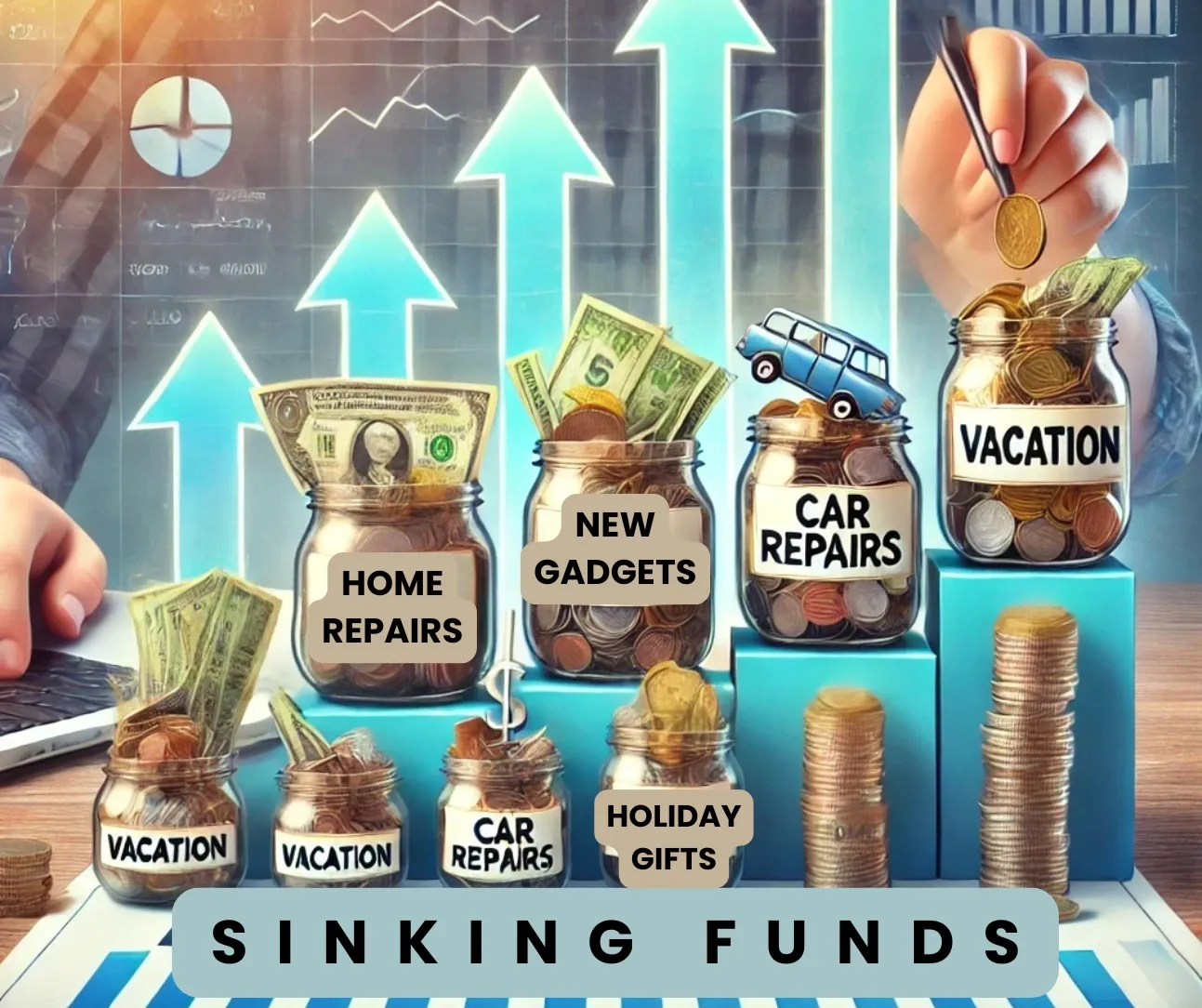
In addition to building your emergency fund, it’s equally important to focus on growing a sinking fund.
While an emergency fund is meant for unexpected crises, a sinking fund is designed for planned, predictable expenses—those big-ticket items that you know are coming but might not have the funds for when the time arrives.
Unlike your emergency fund, you can use your sinking funds for planned expenses like vacations, home repairs, car maintenance, or even holiday gifts. However, be sure to distinguish between needs and wants when using these funds.
The idea is to set aside money regularly so that when the expense arises, you’re not scrambling to cover it or relying on credit cards.
By proactively saving for these sinking fund examples, you can avoid unnecessary debt and reduce the temptation to overspend at the moment. This also forces you to only spend on what you need and gives you clarity on areas where you can save more.
Consolidate Debt
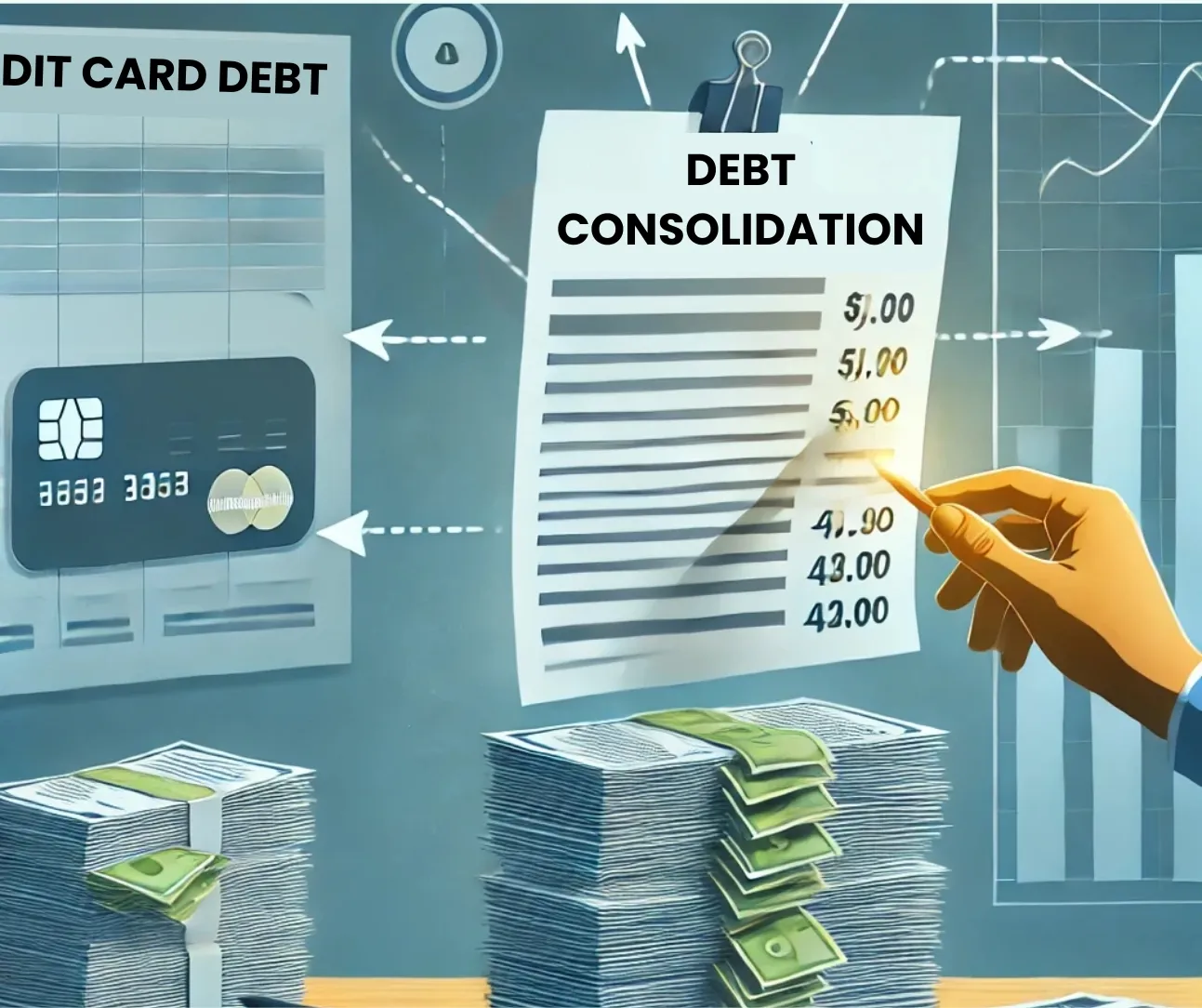
Learning how to identify opportunities to save money can help tackle one of the most significant barriers to financial freedom—debt. Debt not only drains your finances through interest payments, but it also makes it harder to save, invest, and plan for the future.
That’s why one of the best things you can do to free up money for saving is to consolidate your debt and focus on paying it off as quickly as possible.
Consolidating debt involves combining multiple loans or credit card balances into a single payment, often with a lower interest rate. This simplification can reduce the mental and financial burden of juggling several payments each month and help you make more consistent progress.
Once consolidated, commit to paying off your debt as quickly as possible. The faster you pay it off, the less you’ll pay in interest overall.
Consider using methods like the debt avalanche (paying off high-interest debts first) or the debt snowball (paying off smaller debts first) to stay motivated. Automate your payments so you don’t miss any, and allocate any extra money or windfalls directly toward paying down debt.
Track Spending
Tracking your spending is fundamental to maintaining financial discipline. When your money is already committed to bills, savings, and debt repayment, each remaining dollar should be spent thoughtfully.
This process might feel restrictive at first, but over time, it will help you develop a more conscious approach to spending.
As you track your spending, begin to question every purchase—do you really need that item? Does it add value to your life, or is it just a fleeting desire? This practice will help you prioritize the things that matter and spot opportunities to save more even when you’re broke.
Conclusion
Once you’ve automated your bills, built your emergency and sinking funds, consolidated your debts, and tracked your spending, you’ll naturally start to understand how to identify opportunities to save money.
And that’s actually a good thing! With fewer funds to play with, it’s essential to track every penny.
By keeping a close eye on your spending, you’ll naturally become more mindful of where your money goes, helping you avoid unnecessary purchases and stay focused on your long-term goals.
If you want to learn more strategies to save money, check out our other articles or follow our YouTube Channel to get notified of new videos. I’ve created these videos to guide you towards financial freedom!
